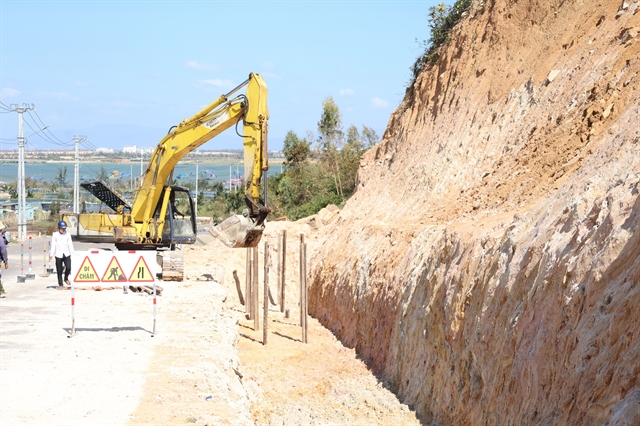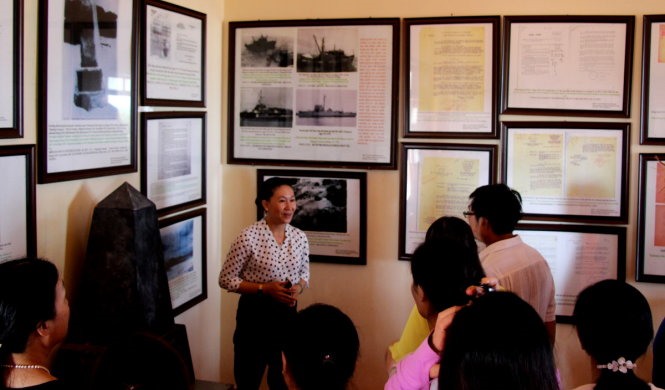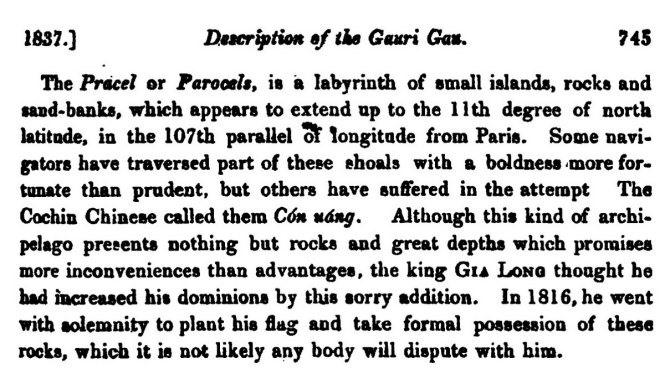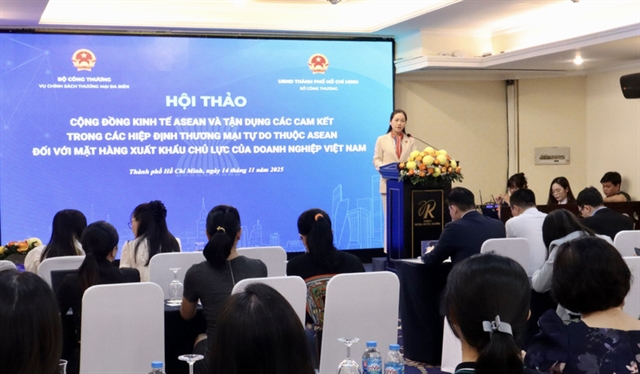 Society
Society

The country’s leading researchers gathered yesterday in Thừa Thiên Huế Province to present old documents issued by the Europeans, which were proof of Việt Nam’s sovereignty over the Paracel (Hoàng Sa) archipelago.
 |
| The country’s leading researchers gathered yesterday in Thừa Thiên Huế Province to present old documents issued by the Europeans, which were proof of Việt Nam’s sovereignty over the Paracel (Hoàng Sa) archipelago. — Photo tuoitre.vn |
THỪA THIÊN- HUẾ — The country’s leading researchers gathered yesterday in Thừa Thiên Huế Province to present old documents issued by the Europeans, which were proof of Việt Nam’s sovereignty over the Paracel (Hoàng Sa) archipelago.
According to Dr Trần Đức Anh Sơn, a well-known researcher in the field, French Navy sailor Jean Baptiste Chaigneau wrote in his memoir Le mesmoire sur la Cochinchine that Hoàng Sa was an uninhabited island until Emperor Gia Long, first king of the Nguyễn Dynasty (1802-1945) declared sovereignty in 1816.
 |
The Journal of an Embassy from the Governor - General of India to the Courts of Siam and Cochinchina by late diplomat John Crawfurd, published in 1830 in London, also includes lines saying that the emperor in 1816 took over Paracel, which was then under no dispute over its sovereignty.
The book Die Erdkunde von Asien by Calt Ritter, published in Berlin in 1834, said the same, adding that neighbouring countries, including China, did not dispute the sovereignty declaration over Paracel by the emperor.
The Nguyễn Dynasty’s Đại Nam Thực Lục (Great South Real Record) in 1816 recorded that the emperor sent a royal marine troop to monitor and undertake measuring work on Hoàng Sa. Đại Nam is the former name of Việt Nam.
Sơn said Việt Nam’s sovereignty over the archipelago has been clear since over 200 years ago.
Prof Nguyễn Quang Ngọc, deputy chairman of the Việt Nam Scientific History Association, said royal documents issued by the Nguyễn Dynasty presented details of the work and contributions of localities, including Thừa Thiên-Huế, Quảng Ngãi and Bình Thuận, for protecting the archipelago, and these also served as evidence of Việt Nam’s sovereignty.
The researchers gathered for a seminar on the issue where they pledged to research more old documents from Japan, South Korea and China related to the archipelago in an attempt to present an accurate picture of the East Sea dispute to citizens around the world. — VNS




